 1979 Opel Kadett D Dimensions, Size & Specs
1979 Opel Kadett D Dimensions, Size & SpecsMeasurements of the 1979 Opel Kadett D, engineered for optimal performance and comfort
| Dimensions | |
|---|---|
| Length: | 3998 mm157.4 in13.1 ft |
| Width: | 1636 mm64.4 in5.4 ft |
| Height: | 1380 mm54.3 in4.5 ft |
| Trunk Capacity: | 470-490 liter16.6-17.3 cu ft |
| Trunk Capacity (Max): | 1360 liter48.0 cu ft |
| Weight Specifications | |
| Curb Weight: | 815-980 kg1797-2161 lbs |
| Maximal permitted Weight: | 1270-1440 kg2800-3175 lbs |
The Opel Kadett D, produced between 1979 and 1984, is a compact hatchback that marked a significant step in Opel's vehicle evolution during the late 1970s and early 1980s. With an exterior length of 3998 mm (157.4 inches), a width of 1636 mm (64.4 inches), and a height of 1380 mm (54.3 inches), the Kadett D offers a compact yet practical size ideal for urban driving and everyday use. Its curb weight ranges from 815 kg to 980 kg (1797 to 2161 lbs), depending on the specific model and equipment, while the maximum allowable weight varies between 1270 kg and 1440 kg (2798 to 3175 lbs), keeping it lightweight yet robust enough for family and commuter needs. The hatchback design provides excellent versatility, featuring a luggage capacity starting at 470 liters (16.6 cubic feet). When the rear seats are folded down, this expands significantly to 1360 liters (48 cubic feet), making the Kadett D a practical choice for carrying larger items or increased cargo loads. This generation of the Kadett reflects Opel's focus on balancing size, weight, and cargo space, ensuring a comfortable and functional vehicle for its time. Its dimensions and versatile interior make it competitive among compact hatchbacks of the early 1980s, appealing to drivers seeking a reliable and spacious small car.
Discover the standout features that make the 1979 Opel Kadett D a leader in its class
Have a question? Please check our knowledgebase first.
The Opel Kadett D, produced between 1979 and 1984, has a length of 3998 mm (157.3 inches), a width of 1636 mm (64.4 inches), and a height of 1380 mm (54.3 inches). These dimensions reflect the compact hatchback nature of the vehicle, designed to offer a balance of maneuverability and space efficiency during its era, fitting well in urban and suburban environments.
The curb weight of the Opel Kadett D ranges from 815 kg to 980 kg (1797 to 2161 pounds), depending on the specific model and equipment. Its maximum permissible weight varies between 1270 kg and 1440 kg (2798 to 3175 pounds). This relatively light weight contributes to its agile handling and efficiency, which was notable for a compact hatchback of its time.
The Opel Kadett D offers a versatile cargo space with a luggage capacity of 470 to 490 liters (16.6 to 17.3 cubic feet) when the rear seats are upright. When the rear seats are folded down, the cargo volume expands substantially to approximately 1360 liters (48 cubic feet). This flexibility makes the Kadett D practical for daily use and modest hauling needs.
Yes, the Opel Kadett D fits comfortably into a standard garage. With a length of just under 4 meters (3.998 meters or 157.3 inches), a width of 1.636 meters (64.4 inches), and a height of 1.38 meters (54.3 inches), the Kadett D is compact enough to be parked easily in most typical residential garages worldwide without issues related to maneuvering or clearance.
Compared to the preceding Kadett C, the Kadett D marked a slight evolution in dimensions and design philosophy. The Kadett D is approximately 3998 mm long, whereas the Kadett C was slightly shorter, typically around 3900 mm (153.5 inches) in length. The width was also marginally increased in the Kadett D to provide a more spacious cabin. Overall, the Kadett D emphasized a more modern hatchback layout with enhanced cargo space and improved aerodynamic styling, distinguishing it clearly from the more traditional sedan and coupe forms of the Kadett C.
When compared to similar compact hatchbacks from the late 1970s and early 1980s, such as the Volkswagen Golf Mk1 or the Ford Escort Mk3, the Opel Kadett D is very competitive in size. For instance, the VW Golf Mk1 measures approximately 3,850 mm (151.6 inches) in length and around 1,615 mm (63.6 inches) in width, making the Kadett D slightly longer and wider. Its luggage capacity of up to 1360 liters with seats folded is also robust compared to its competitors, highlighting Opel’s focus on practical space utilization.
The Opel Kadett D provides reasonable interior space for its compact category. Its width of 1636 mm and thoughtful hatchback design translate into comfortable seating for four to five passengers, with adequate headroom thanks to its 1380 mm height. The cabin layout was designed to maximize ergonomic comfort, with sufficient legroom for front and rear occupants. Though compact, it was considered well-suited for small families or daily commuting.
Weighing between 815 kg and 980 kg (1797 to 2161 pounds), the Kadett D’s relatively low curb weight positively influenced its performance and fuel consumption. The lighter weight contributed to nimble handling and quicker acceleration compared to heavier counterparts. Additionally, the lighter mass helped improve fuel efficiency, which was an essential consideration during the late 1970s and early 1980s amid fluctuating fuel prices and stricter emission standards.
The Opel Kadett D was primarily offered as a three or five-door hatchback during its production period from 1979 to 1984. This shift to hatchback form represented a significant departure from previous models that were more sedan or coupe-oriented. The hatchback configuration allowed for greater versatility in cargo space and easier loading/unloading, aligning with the evolving market preference for practical compact cars with flexible interior layouts.
The Opel Kadett D appealed mainly to small families, urban commuters, and individuals seeking an affordable, reliable, and practical compact car. Its efficient size and good cargo versatility made it suitable for daily errands, commuting, and occasional longer trips. Its balanced weight and dimensions also made it a popular choice in European car markets where ease of parking and good fuel economy were highly valued. Collectors today may appreciate it as a classic compact hatchback representative of early 1980s automotive design.
Discover similar sized cars.
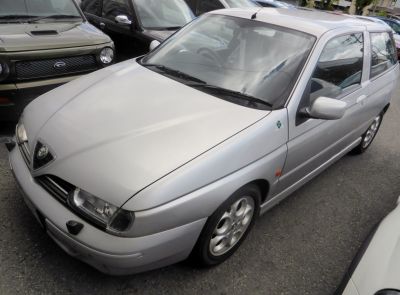
| Production: | 1999-2000 |
|---|---|
| Model Year: | 1999 |
| Length: | 4061 mm159.9 in |
| Width: | 1712 mm67.4 in |
| Height: | 1431 mm56.3 in |
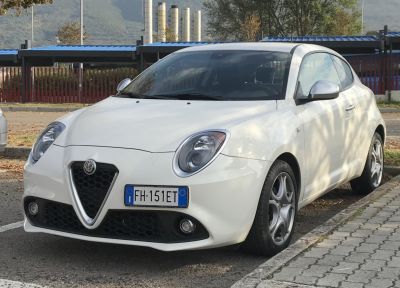
| Production: | 2016-2018 |
|---|---|
| Model Year: | 2016 |
| Length: | 4063 mm160.0 in |
| Width: | 1720 mm67.7 in |
| Height: | 1446 mm56.9 in |
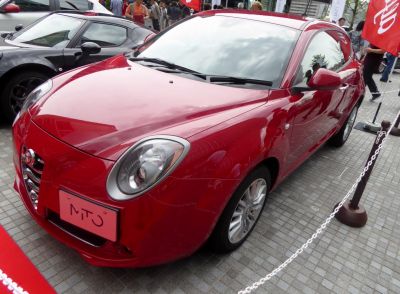
| Production: | 2013-2016 |
|---|---|
| Model Year: | 2013 |
| Length: | 4063 mm160.0 in |
| Width: | 1720 mm67.7 in |
| Height: | 1446 mm56.9 in |

| Production: | 2008-2013 |
|---|---|
| Model Year: | 2008 |
| Length: | 4063 mm160.0 in |
| Width: | 1720 mm67.7 in |
| Height: | 1440-1446 mm56.7-56.9 in |
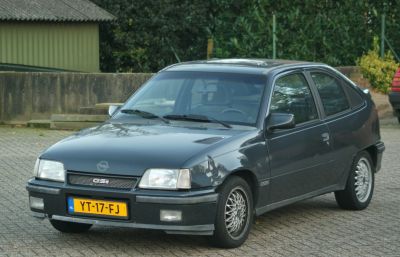
| Production: | 1984-1991 |
|---|---|
| Model Year: | 1984 |
| Length: | 3998 mm157.4 in |
| Width: | 1663-1669 mm65.5-65.7 in |
| Height: | 1400 mm55.1 in |
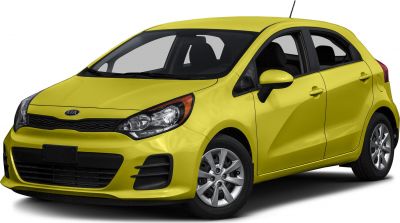
| Production: | 2015-2017 |
|---|---|
| Model Year: | 2015 |
| Length: | 4050 mm159.4 in |
| Width: | 1985 mm78.1 in |
| Height: | 1455 mm57.3 in |
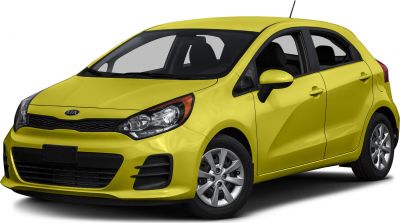
| Production: | 2015-2017 |
|---|---|
| Model Year: | 2015 |
| Length: | 4050 mm159.4 in |
| Width: | 1985 mm78.1 in |
| Height: | 1455 mm57.3 in |
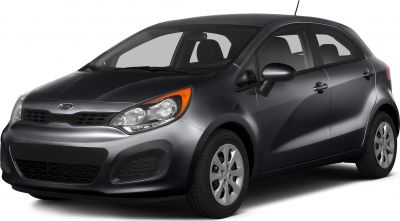
| Production: | 2011-2015 |
|---|---|
| Model Year: | 2011 |
| Length: | 4045 mm159.3 in |
| Width: | 1720 mm67.7 in |
| Height: | 1455 mm57.3 in |
